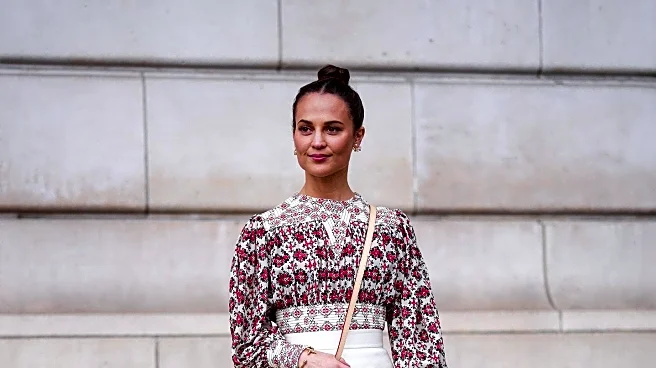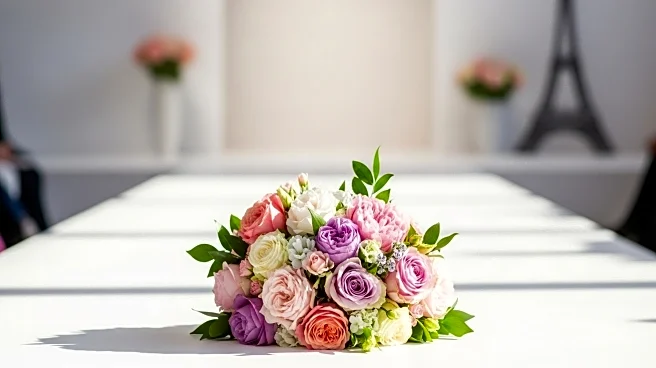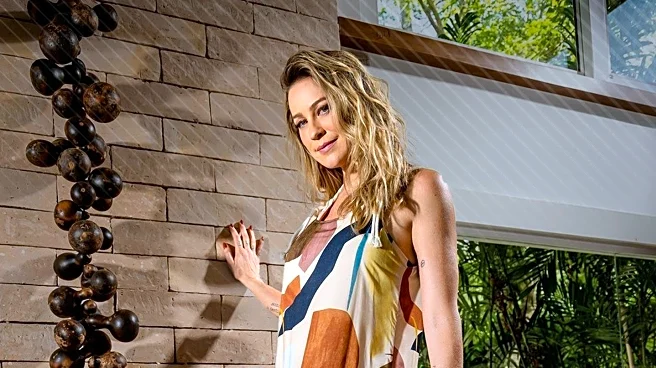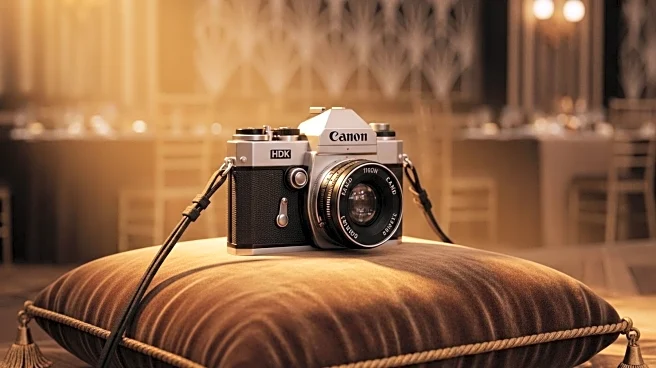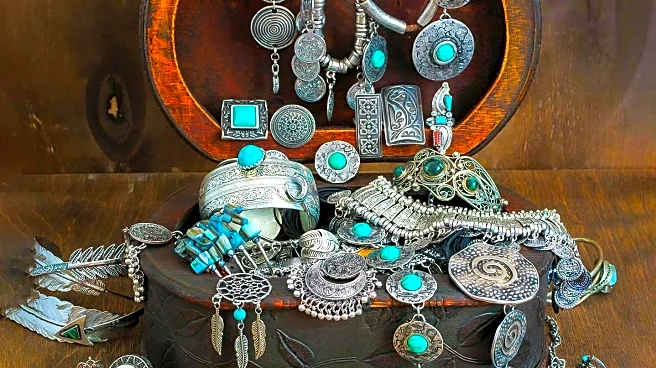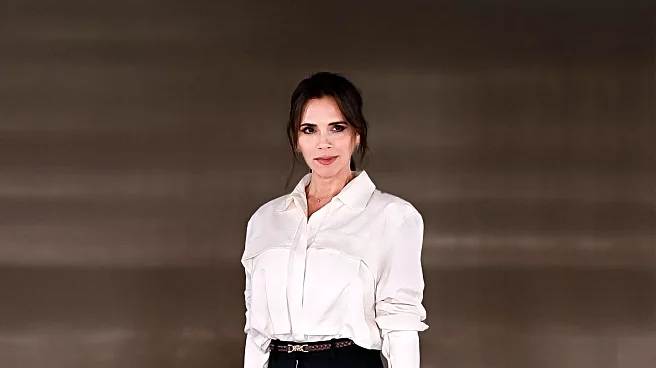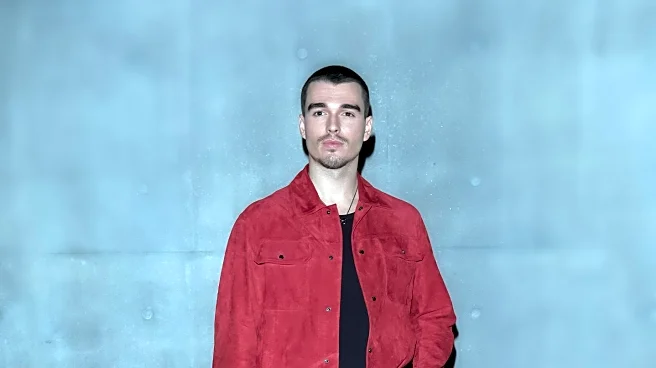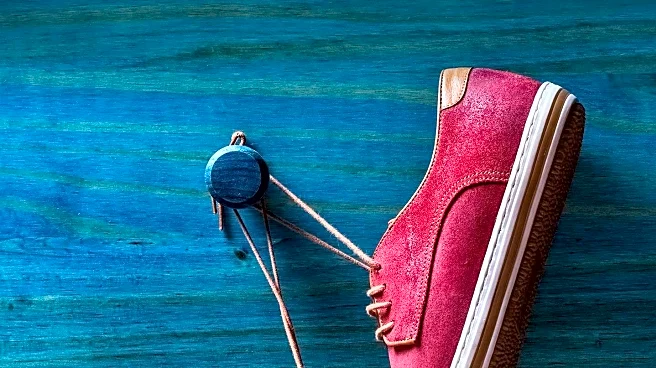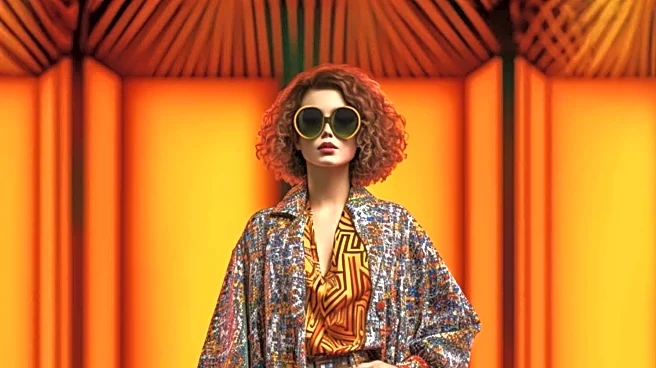What's Happening?
Chemena Kamali, the creative director at Chloé, has unveiled the Spring/Summer 2026 collection, drawing inspiration from vintage 1950s and 1960s prints. Kamali's approach involved draping, pleating, and knotting fabrics to create airy and spontaneous dresses and skirts. The collection features vibrant colors and designs, including bags inspired by 1950s swimming caps and heels resembling hybrid pool slides. Kamali's designs aim to capture the essence of the 'Chloé Girl' tradition, focusing on hippy chiffon dresses reminiscent of the 1970s. The show also included a swim collection inspired by 1960s styles, showcasing the versatility and evolution of Chloé's fashion identity.
Why It's Important?
The Chloé Spring/Summer 2026 collection highlights the ongoing trend of nostalgia in fashion, where designers revisit past styles to create contemporary looks. This approach not only appeals to consumers' desire for unique and timeless pieces but also reinforces the brand's identity by connecting with its historical roots. By incorporating vintage elements, Chloé is able to differentiate itself in a competitive market, attracting both loyal customers and new audiences. The collection's emphasis on spontaneity and lightness reflects broader industry shifts towards more relaxed and versatile fashion, catering to modern lifestyles.
What's Next?
As Chloé continues to explore vintage inspirations, the brand may further expand its offerings to include more diverse and innovative designs. The success of the Spring/Summer 2026 collection could lead to collaborations with other designers or brands that share a similar aesthetic. Additionally, Chloé might explore sustainable practices in sourcing vintage materials, aligning with industry trends towards eco-friendly fashion. The reception of this collection will likely influence future design directions and marketing strategies, as the brand seeks to balance tradition with innovation.
Beyond the Headlines
The revival of vintage styles in Chloé's collection raises questions about the cultural significance of nostalgia in fashion. It reflects a broader societal trend where consumers seek comfort and familiarity in uncertain times. This nostalgia-driven approach may also influence other industries, such as interior design and entertainment, as they incorporate retro elements to appeal to similar sentiments. Furthermore, the collection's focus on spontaneity and lightness could inspire discussions on the role of fashion in promoting mental well-being and self-expression.

